The reason why internet speed is fast with fiber optic is due to its unique advantages such as high transmission speed, large capacity, low loss, strong resistance to interference, and long-distance transmission capabilities. These advantages make fiber optic technology one of the crucial elements in modern network communication, offering people a faster, more stable, and reliable internet experience. From the widespread copper cable ADSL to the current popular fiber optic transmission, users' broadband access methods are undergoing a qualitative leap. The ultra-fast experience of FTTH depends on the unparalleled technological advantages of fiber optic communication.
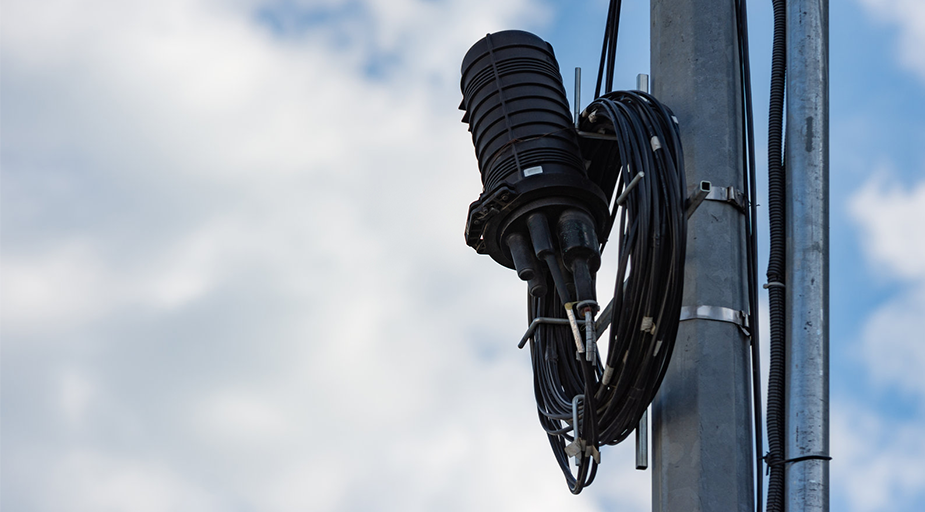
01 The "Speed Legend" of Fiber Optic Communication:
Although the propagation speed of light signals in optical fibers is approximately 60% of the speed of light in a vacuum, which is not much different from the propagation speed of electrical signals in copper cable systems (around 65%-74% of the speed of light in a vacuum), and even slightly slower, why do we generally consider fiber optic communication to be faster? The answer lies in its astonishing information carrying capacity. Simply put, despite similar speeds, fiber optic cables can provide a much broader channel for parallel transmission of multiple signals at the same time, akin to multiple parallel highways, allowing information to reach its destination more efficiently within the same time frame. Therefore, what we experience is the unparalleled high-speed communication brought by fiber optics.
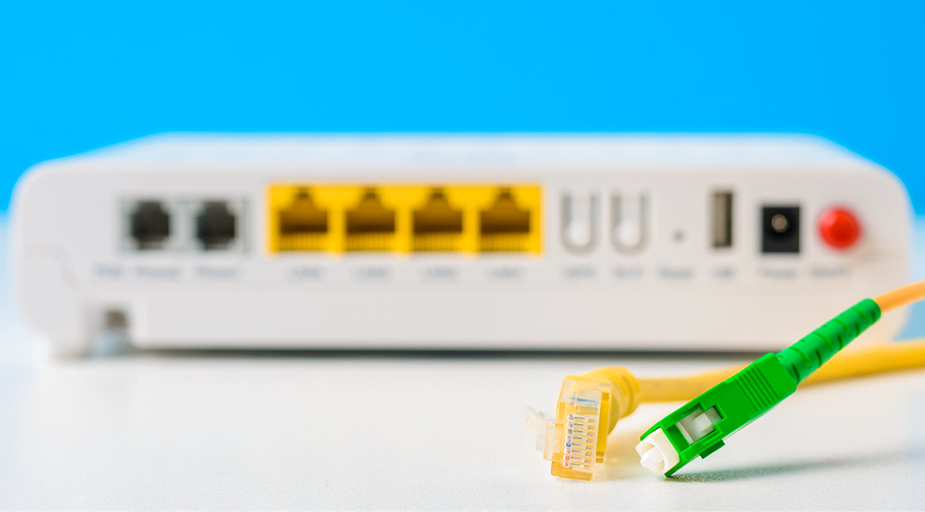
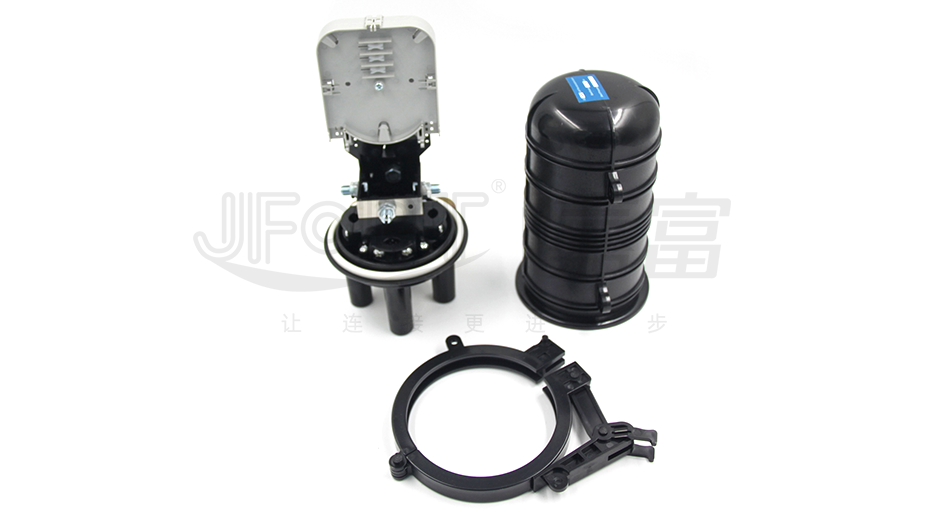

01 The "Speed Legend" of Fiber Optic Communication:
Although the propagation speed of light signals in optical fibers is approximately 60% of the speed of light in a vacuum, which is not much different from the propagation speed of electrical signals in copper cable systems (around 65%-74% of the speed of light in a vacuum), and even slightly slower, why do we generally consider fiber optic communication to be faster? The answer lies in its astonishing information carrying capacity. Simply put, despite similar speeds, fiber optic cables can provide a much broader channel for parallel transmission of multiple signals at the same time, akin to multiple parallel highways, allowing information to reach its destination more efficiently within the same time frame. Therefore, what we experience is the unparalleled high-speed communication brought by fiber optics.

02 Why does fiber optic communication possess such immense channel bandwidth?
Behind this lies two important theoretical formulas: Firstly, we have f=v/λ,where frequency equals velocity divided by wavelength. Secondly, there's Shannon's theorem C=B*log2(1+S/N), where C represents channel capacity,,B denotes bandwidth, and S/N signifies signal-to-noise ratio. In theory, the bandwidth B of fiber optic communication can reach up to 20THz/s.
Currently, the optical wave wavelength range used in fiber optic communication lies between 850 nm and 1550 nm. Furthermore, it's worth noting that the attenuation of modern optical fiber technology has been reduced to an astonishing level of 0.17 dB/km, meaning minimal loss of optical signals during transmission, thus ensuring a high signal-to-noise ratio.
Considering all these factors, through calculations using the relevant formulas, we can conclude that the theoretical channel bandwidth of fiber optic communication can reach beyond Tbps levels.
03 Why haven't we achieved this level of communication speed yet?
Firstly, limited by the current state of human technology, we are still far from reaching the theoretical optimal state in the research, development, and application of materials related to fiber optics and its accessories. Secondly, even if our technology could reach such heights, we wouldn't be able to fully utilize it because current routers, switches, and other terminal devices still lack sufficient computing and switching capabilities. Moreover, for ordinary users, they don't require such immense bandwidth to meet their daily communication needs.

04 Why might simply replacing regular Ethernet cables with fiber optics not necessarily result in a significant improvement in internet speed?
The reason lies in the fact that the enhancement of communication speed depends not only on changes in the underlying links but also on numerous other terminal devices. For example, if you intend to use a 10-gigabit multimode fiber optic to replace the existing gigabit copper cable wiring system, but your switch's optical ports only support gigabit speeds, then your entire link will be limited to this speed, unable to fully leverage the potential of fiber optics. Worse still, if the switch doesn't have the corresponding gigabit LAN optical ports at all, then your fiber optic link will be completely unusable. Therefore, to truly enjoy the high-speed communication experience brought by fiber optics, we not only need to upgrade the underlying links but also ensure the compatibility and performance of other related devices.
Characteristics of fiber optic internet access are as follows:
①Long transmission distance: Fiber optic connections can reach distances of up to 70 kilometers.
②Fast transmission speed: Fiber optic access can provide high-speed bandwidths such as 100Mbps, 200Mbps, etc.
③Low loss: Fiber optic media have extremely high manufacturing purity, resulting in minimal loss. This allows for a reduction in the number of relay stations in communication lines, thereby improving communication quality.
④Strong resistance to interference: Fiber optic is a non-metallic medium, and using it as a transmission medium makes it immune to electromagnetic interference.
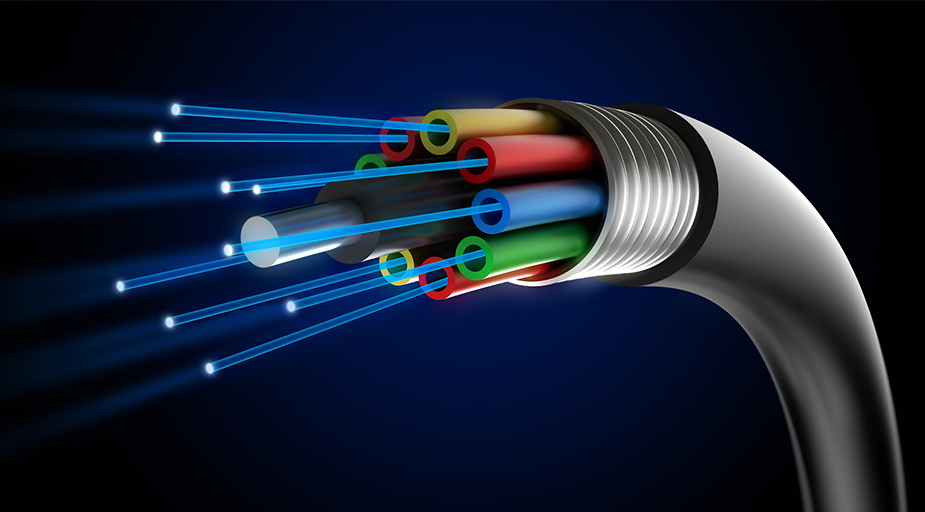
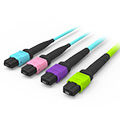
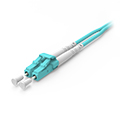
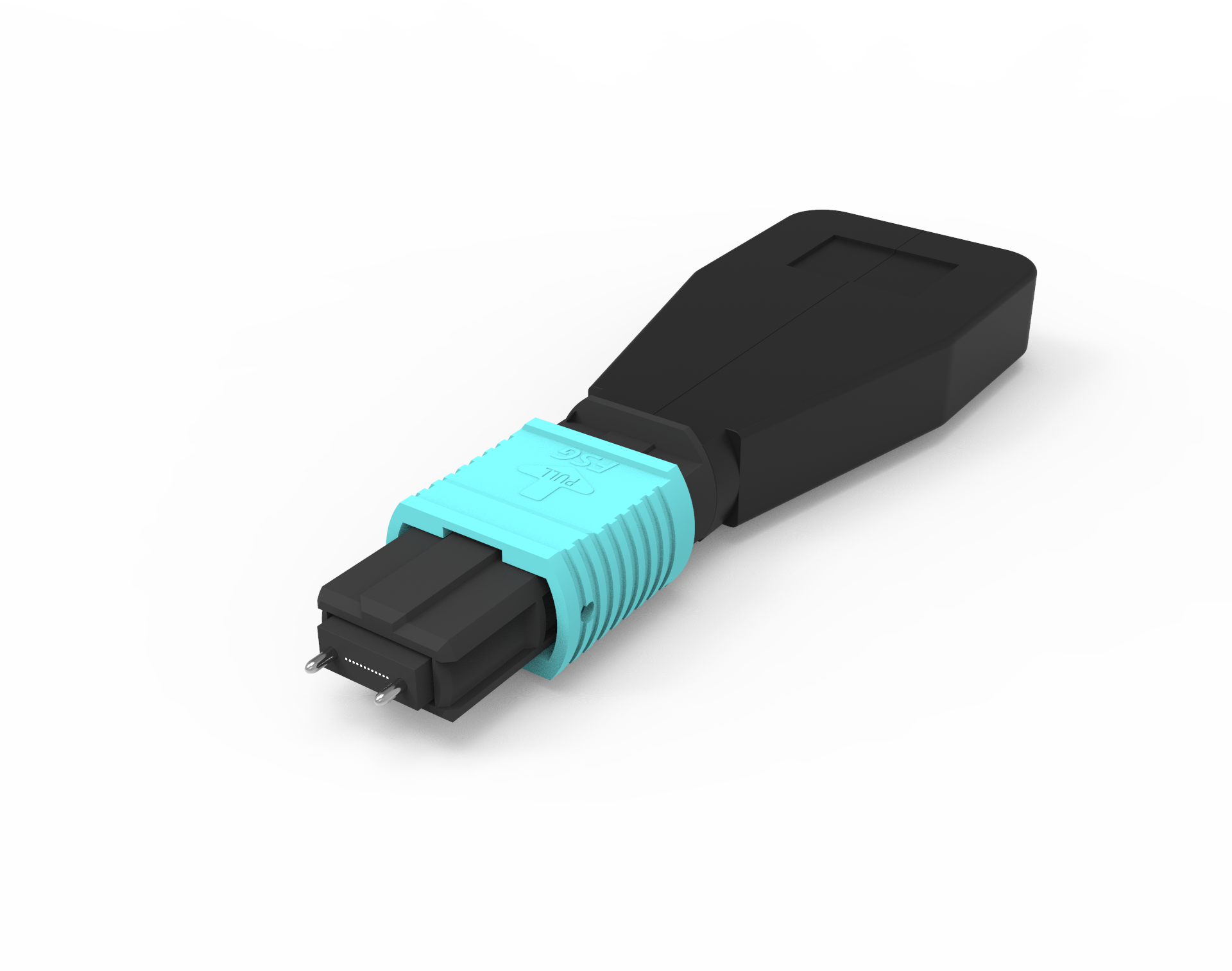
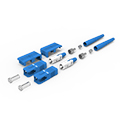
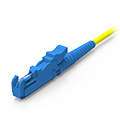
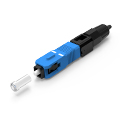
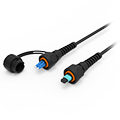
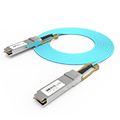
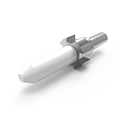
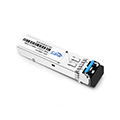
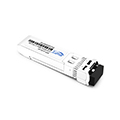
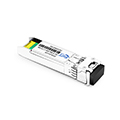
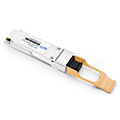
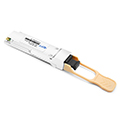


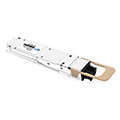
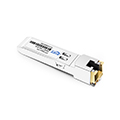
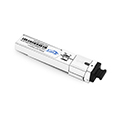

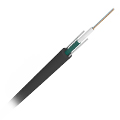
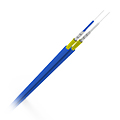


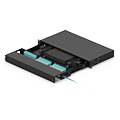
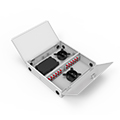
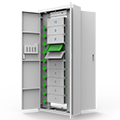
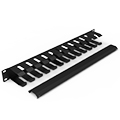
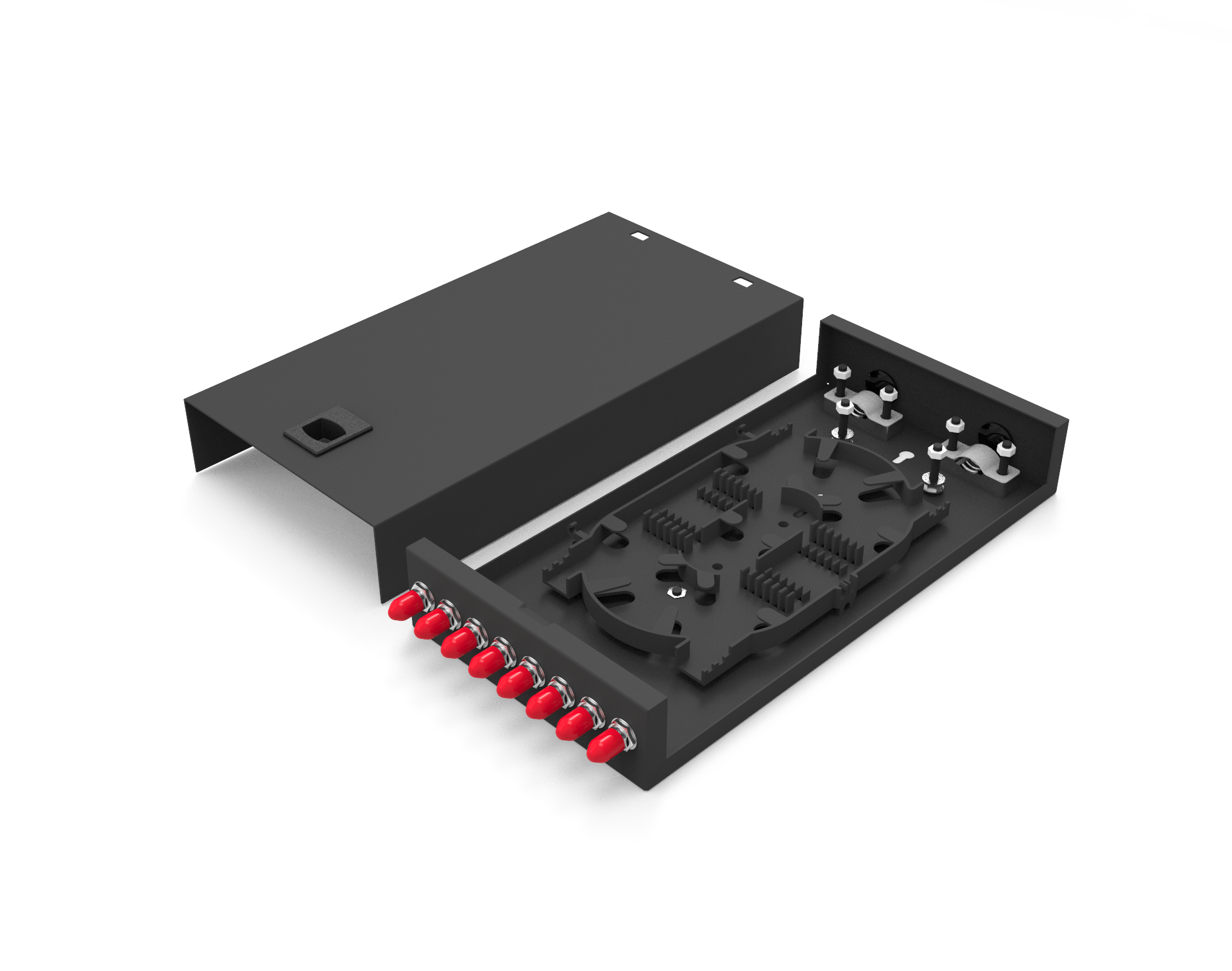
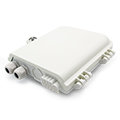
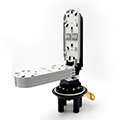
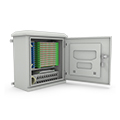
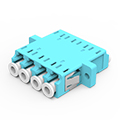
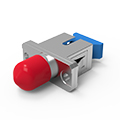
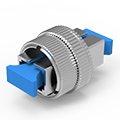
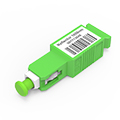
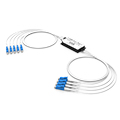
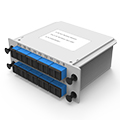
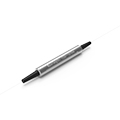
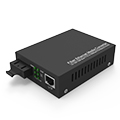
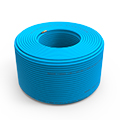
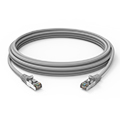
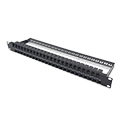
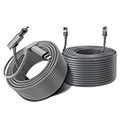
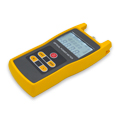
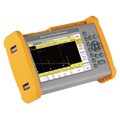
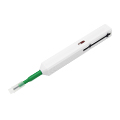
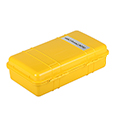
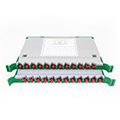
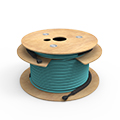
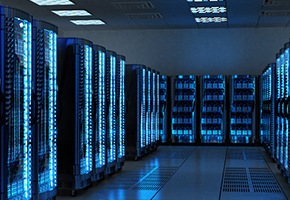


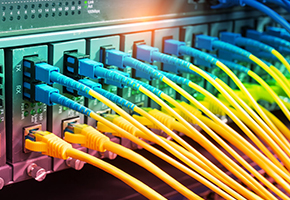




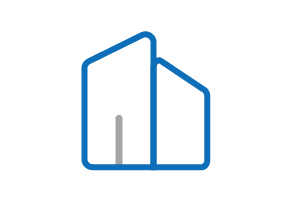









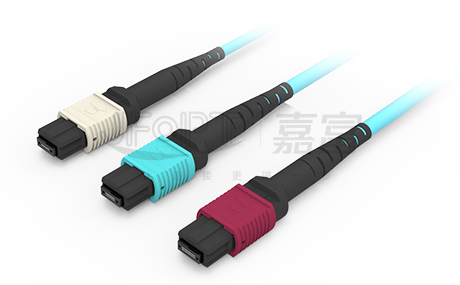
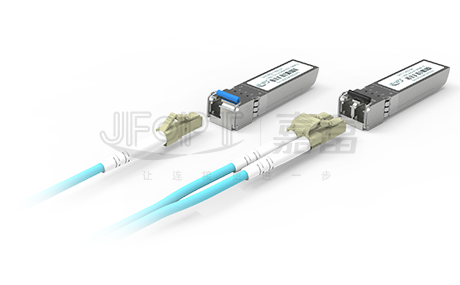
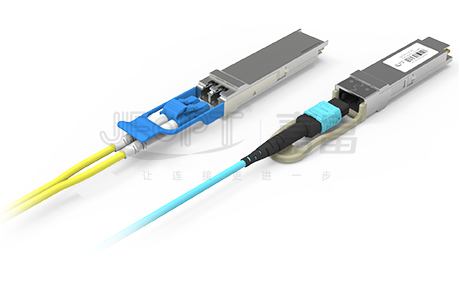
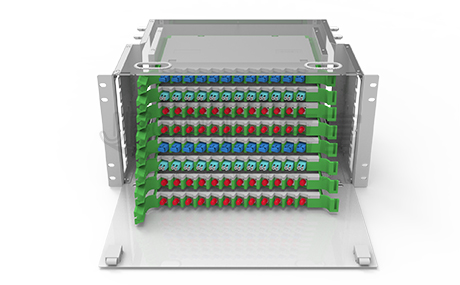
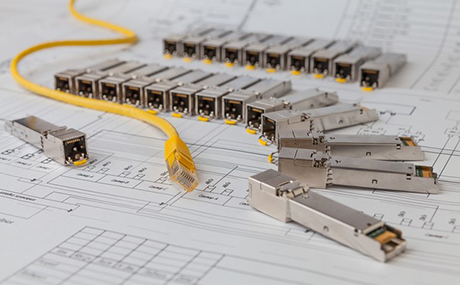
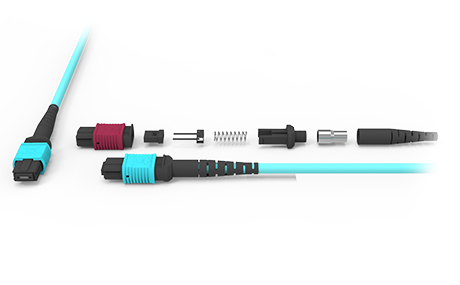
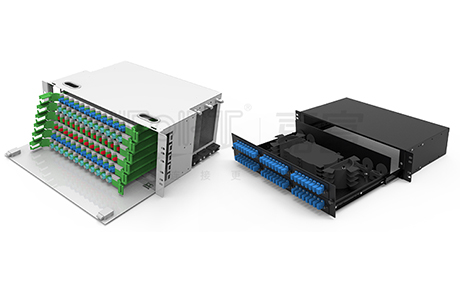
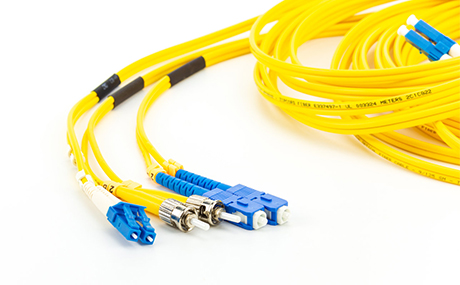
 Ann
Ann












